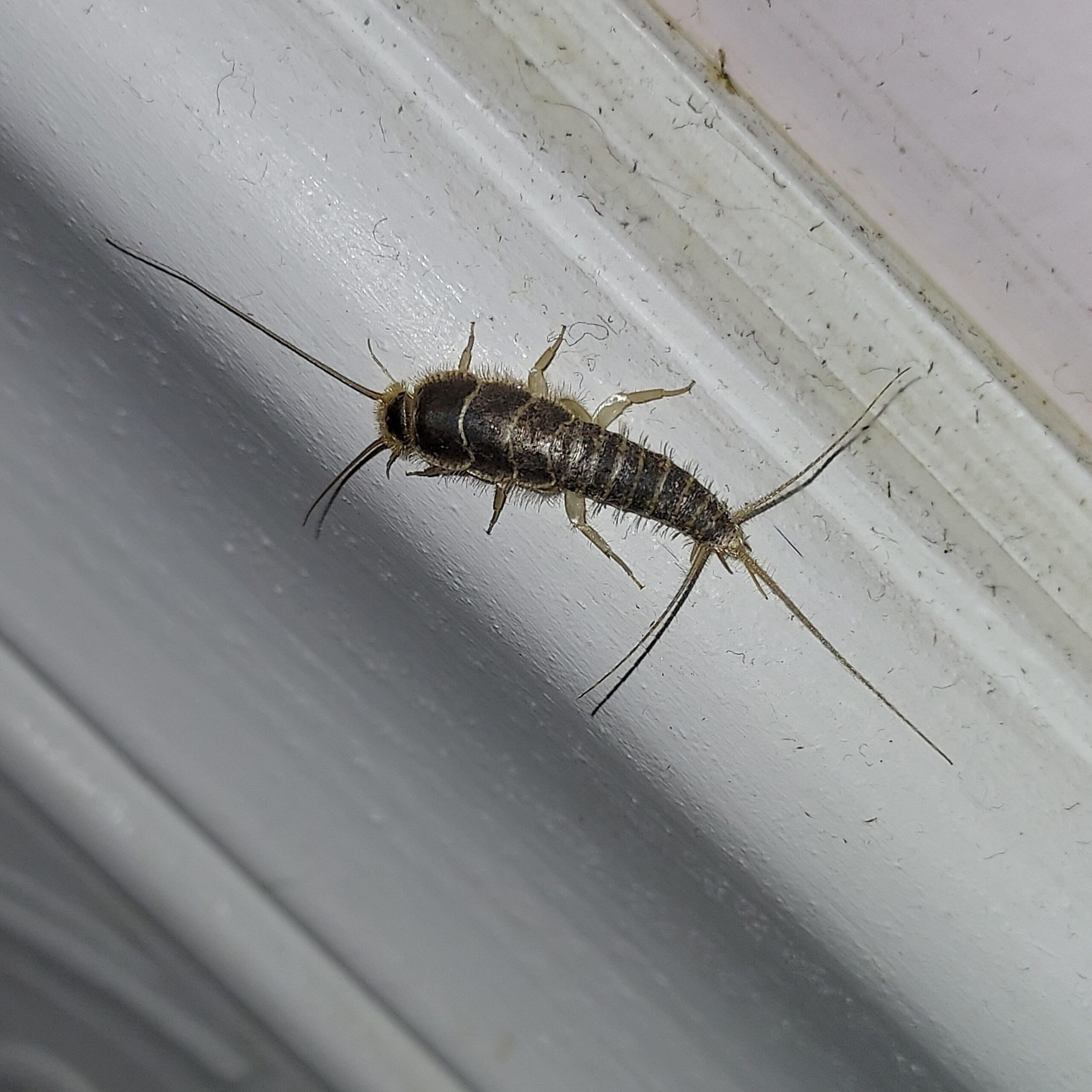If you’ve ever been brushing your teeth, still half-asleep, and suddenly noticed a quick, creepy little bug darting across your bathroom floor like it owns the place, you might have encountered a silverfish. Yep, those shiny, wriggly insects that look like a strange mix between a fish and a bug—because, well, that’s exactly what they are. If you keep spotting these little critters around your home, it’s a sign you may have a silverfish problem. So, what exactly does it mean when you find silverfish in your house? How do you identify them, why are they hanging around, and, most importantly, how do you get rid of them for good?

Silverfish are tiny, wingless insects that have been around for millions of years—literally prehistoric bugs. They typically measure about one and a half inches long, though they can sometimes be a bit smaller or bigger. Their bodies are flat and carrot-shaped toward the end, covered with silvery scales on both sides. They have long antennae and move in a creepy, wiggly, snake-like way that’s hard to forget if you’ve ever seen one. Despite their unsettling movements, silverfish don’t fly, they don’t bite, and they aren’t aggressive, but that doesn’t mean they’re harmless.
If you’ve spotted silverfish in your bathroom, basement, kitchen, or laundry room, it means your home is offering exactly what they need to survive. Silverfish thrive in humid, damp environments and prefer dark places where they won’t be disturbed. They’re also drawn to starchy and sugary materials like paper, glue, cardboard, fabric, and food crumbs. So yes, these bugs love carbs—and they’ll happily munch on wallpaper glue, the bindings of your favorite books, old newspapers, and even dandruff.
While silverfish don’t sting or spread disease, they can cause significant damage if left unchecked. They’ll chew through books and paper by eating glue and pages, damage clothing and linens especially if stored for a long time, and tear up wallpaper by going after the glue. Pantry staples like flour, oats, and cereal are also at risk. What makes them even more troublesome is their rapid reproduction—just a couple of silverfish can turn into a full-blown infestation in a matter of months. That’s why you definitely want to take action if you find them in your home.
How do you know for sure you have a silverfish problem besides seeing one scurry across the floor? There are a few telltale signs: yellow stains or small holes on paper or fabric, shed skin from molting silverfish, tiny black droppings that look like pepper in dark corners, and damage to wallpaper, often along seams and edges. If you notice any of these signs in a damp area of your house, silverfish are likely present.
So, what can you do to get rid of silverfish once and for all? First, drying out your home is key. Silverfish hate dry environments, so using a dehumidifier, especially in bathrooms and basements, helps a lot. Good airflow and ventilation also make your home less inviting to them. Next, remove their food sources by clearing out stacks of old paper, cardboard boxes, and damp books. Store pantry items like flour and cereal in airtight containers and vacuum regularly, including those hard-to-reach corners under furniture.
Sealing cracks and crevices where silverfish hide is another important step. Use caulk to close gaps around baseboards, pipes, and walls to eliminate their hiding spots. Natural repellents can help too—sprinkling diatomaceous earth in problem areas works well because it’s a fine powder that damages their exoskeletons. Boric acid powder is effective as well, but keep it away from children and pets. Scents like lavender, citrus, and cedarwood may repel silverfish, though they’re not foolproof, but at least your home will smell nice while you try.
Trapping silverfish can be surprisingly simple. Wrap a jar in masking tape so they can climb inside and place a piece of bread in it. They’ll crawl in but won’t be able to get out. If you notice silverfish frequently, especially during the day since they’re usually nocturnal, it might be time to call in professional pest control experts to assess and treat the infestation properly.
Once you’ve dealt with the immediate problem, prevention is crucial to keep silverfish from coming back. Use moisture absorbers like DampRid in closets and under sinks, keep paper products and clothing sealed in plastic bags, avoid piling up clothes, cardboard, or food crumbs, and maintain a clean, dry, and clutter-free home. The bottom line is if your house is dry and boring, silverfish will find it unwelcoming and move on.
Finding silverfish in your home is definitely unpleasant but not uncommon. These resilient insects are attracted to moisture and carbs, and while they aren’t dangerous in a bite-you way, they can be a nuisance you don’t want sticking around. The good news? With some careful identification, cleaning, drying, and prevention, you can kick silverfish out of your home and keep them gone. Trust me—I’ve been there, and I know exactly what you’re dealing with.





